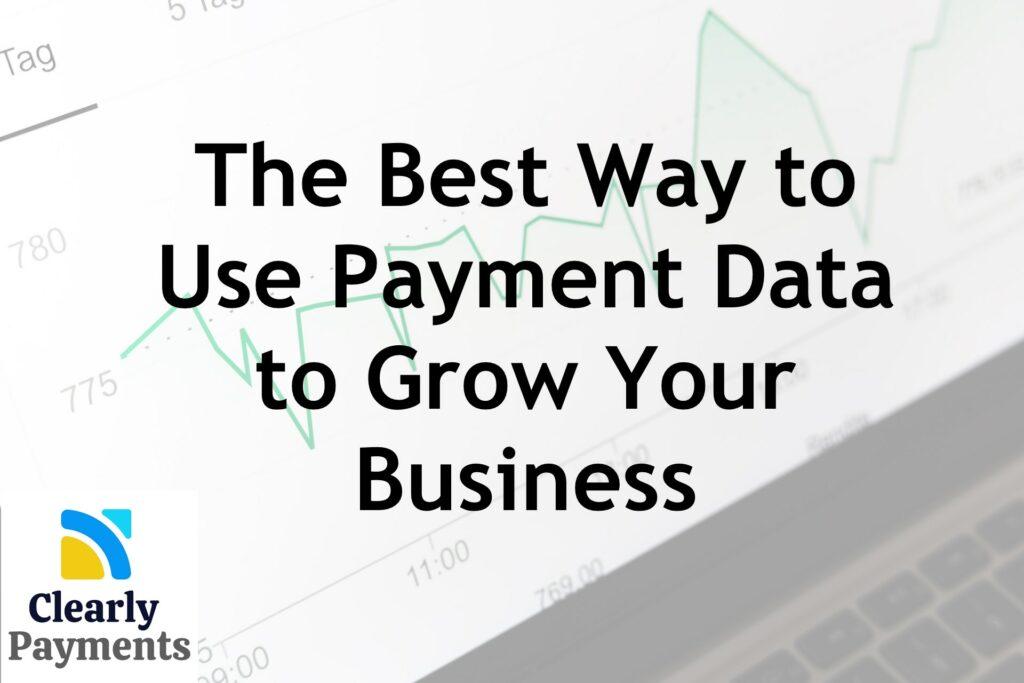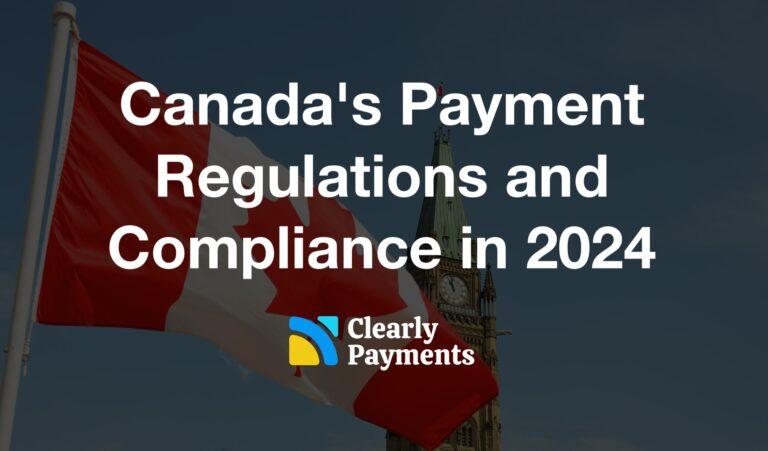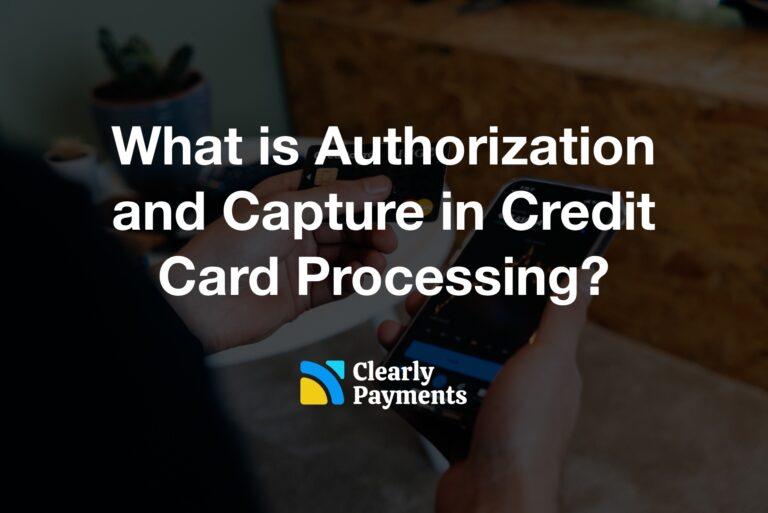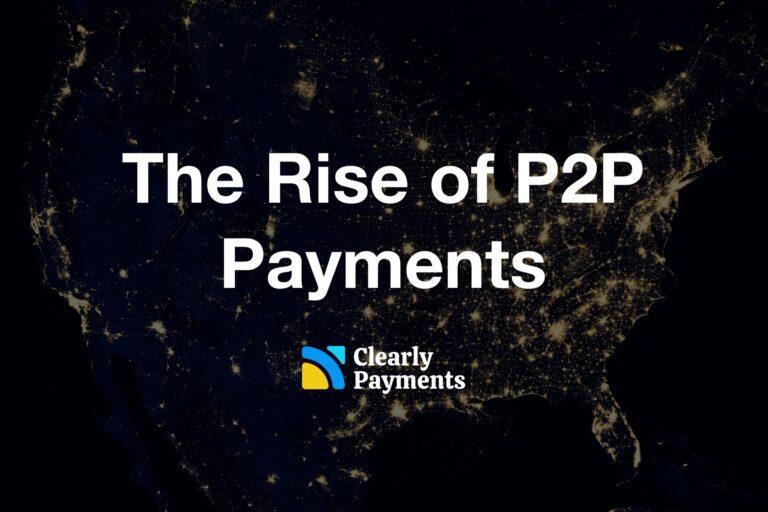The total number of digital payment transactions globally is expected to reach 1.5 trillion in 2023, up from 876 billion transactions in 2018. The payments market is huge. These trillions of transactions provide data that can be used to understand what has happened in the past and predict the future.
Payment data analytics is about analyzing payment transactions to gain insights into customer behaviour, revenue, sales, and transaction trends. This type of analysis can help businesses better understand their customers’ purchasing habits and preferences. Payment data analytics typically involves the use of advanced software tools and statistical techniques to analyze large volumes of payment data.
The insights gained from payment data analytics can be used to inform a wide range of business decisions, including product pricing, inventory management, marketing campaigns, and customer support strategies. By leveraging payment data analytics, businesses can improve their operations, increase revenue, and enhance the overall customer experience.
Categories of payment data used for analytics
There are several categories of data that businesses can analyze as part of their payment analytics efforts. Some of the most important categories of data include:
Transaction data: This includes information about the specific transactions that take place, such as the amount paid, the payment method used (cash, Visa, MasterCard, etc), the time, date, and location of the transaction.
Customer data: This includes information about the customers who are making the transactions, such as their contact information, demographic data, and purchase history. If you have an app or website with user accounts, you will likely have extra information that can be used for analytics.
Product data: This includes information about the products or services that are being sold, including pricing, makes and models, inventory levels, and sales performance.
Payment processing data: This includes information about the payment processing systems being used, such as processing times, fees, funding times, declines, and other costs.
Fraud data: This includes information about fraudulent transactions, such as chargebacks, stolen credit cards, and other forms of payment fraud.
Financial data: This includes information about revenue, expenses, cash flow, and other financial metrics that can be used to track the overall financial health of the business.
By analyzing data across these categories, businesses can gain a more comprehensive understanding of their payment operations, identify trends and patterns, and make data-driven decisions that help to improve efficiency, reduce costs, and increase revenue.
The benefits of using payments data analytics
Using payment data analytics will provide businesses with valuable insights into their operations, helping them make data-driven decisions that improve efficiency, reduce costs, and increase revenue. Payment data analytics will help businesses identify customer behavior patterns, revenue trends, and financial metrics, allowing them to optimize pricing strategies, streamline payment processing, and prevent fraudulent activity. By leveraging payment data analytics, businesses can also improve their financial forecasting, track cash flow, and manage budgets more effectively.
By analyzing payment data, businesses will gain a better understanding of their customers’ purchasing habits and preferences, which will help inform decisions about product development, marketing strategies, and customer retention efforts. Using the payment data itself will help businesses identify new markets or product categories that are generating the most revenue, allowing them to focus their resources on areas with the greatest potential for growth.
Marketing is a big component of any business. Payment data analytics can help businesses determine optimal pricing strategies and promotional offers based on customer behaviour and historical sales data. This can be one of the largest benefits of using payment data to grow your business.
The financial side of a business will also be greatly improved by using data analytics to identify inefficiencies in their payment processing systems, allowing them to streamline their operations and reduce costs. Some advanced retailers have multiple payment processors and route transactions based on which processor will provide the lowest rates for that type of transaction. Payment data analytics will also help businesses detect and prevent fraudulent activity, reducing chargebacks and other forms of payment fraud. Lastly, payment data analytics will give businesses a good forecast of future revenue and expenses, track cash flow, and manage budgets more effectively.
How to capture payment data for analytics
Setting up the systems to track payment data can be a little cumbersome. Plus it does take some time and resources to continually monitor and analyze the data. In this section we cover the ways to capture payment data for analytics, which will change depending on the business’s payment processing systems and available data sources.
Payment processing system reports: Payment processing systems typically generate reports that include data on payment transactions, such as the amount paid, payment method used, and the time and date of the transaction. These reports can be exported and analyzed using software tools or spreadsheet programs. TRC-Parus offers a rich set of reports so businesses can easily analyze data to obtain trends and insights.
Point-of-sale (POS) systems: POS systems capture data on transactions that occur in brick-and-mortar stores, such as the product purchased, the price, and the payment method used. This data can be exported and analyzed for insights into customer behaviour and sales trends.
E-commerce platforms: E-commerce platforms generate data on online transactions, such as the product purchased, the price, and the payment method used. This data can be analyzed to gain insights into customer behaviour, website traffic, and sales trends.
Payment gateway data: Payment gateways are systems that process online payments and capture data on the payment method used, transaction amounts, and other details. This data can be analyzed to gain insights into payment processing trends, fraud detection, and other areas.
External data sources: Payment data can also be enriched by incorporating external data sources, such as customer demographics or data on the local economy. This can provide additional insights into customer behaviour and payment trends.
Overall, capturing payment data for analytics involves identifying the available data sources and using software tools or manual processes to extract, transform, and load the data into a format that can be analyzed.




